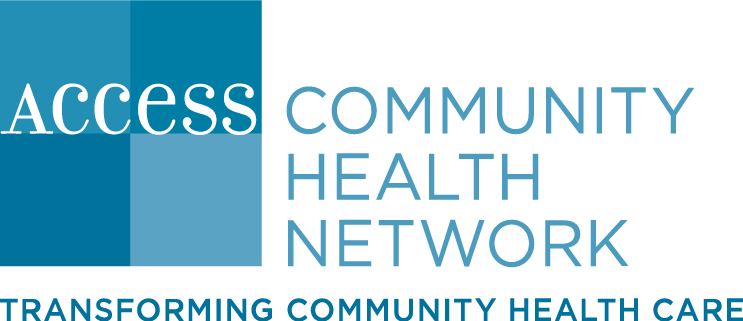Internal Medicine vs. Family Medicine – What’s the Difference?
When choosing a primary care doctor at ACCESS, you want to select a provider that can support you and your families’ health care concerns and goals. To help you choose an ACCESS provider that fits your needs, we are breaking down two of the most common primary care specialties, internal medicine and family medicine.
First, what do we mean when we say, ‘primary care’?
Primary care is an integrated and comprehensive approach to health care that serves most of a person’s general health care needs. ACCESS’ primary care model includes a care team of health professionals that attend to your physical, behavioral and spiritual health and can include medical assistants, nurse practitioners, physicians, behavioral health consultants, benefits specialists and more.
Primary care providers are usually a patients’ first point of contact for undiagnosed conditions, concerns or symptoms that may affect their physical or emotional health. If a specialist is required to treat your condition, your primary care provider can offer a referral.
Additionally, primary care providers focus on health promotion, disease prevention, patient education and diagnosis and treatment of acute and chronic illnesses. Two common primary care specialties at ACCESS include family medicine and internal medicine.
Training and Experience
During residency, internal medicine residents train in emergency medicine, critical care, and medical sub-specialty care. Family medicine practitioners receive approximately one year of that same hospital inpatient training and then split the remaining two years of training between pediatrics, OB/GYN, and other outpatient medical disciplines.
Patients They Treat
The difference in primary care specialties typically comes down to who the provider sees. Internists, or internal medicine providers, focus on adult medicine and have a deep knowledge of common adult conditions. Providers focusing on family medicine have a broader scope and are trained to diagnose and treat an entire range of medical issues for patients of all ages.
What is similar between internal medicine and family medicine?
- Provide minor in-office procedures
- Conduct diagnoses procedures and offer treatment
- Depending on your age, both providers are typically your first point of contact for undiagnosed conditions.
- Can provide referrals in case specialty care is required
- Provide person-centered care that includes preventive health care and patient education to create a care and treatment plan that fits the need of the patients.
How We Can Help
ACCESS has 34 community health centers located in the Chicagoland area with providers of both specialties to support your health and well-being. To find a provider, visit achn.net/find-a-doctor to read their biography, find out which ACCESS location they practice at and schedule an appointment.
Sources:
American College of Physicians | Internal Medicine vs. Family Medicine
St. George's University | Internal Medicine vs. Family Medicine: Diagnosing the Differences
